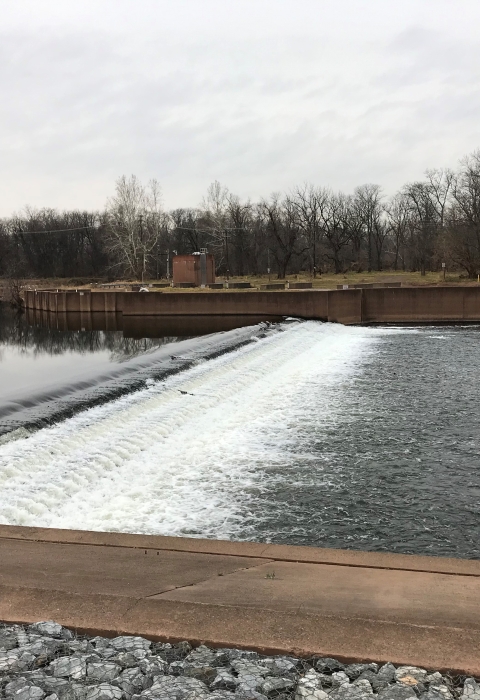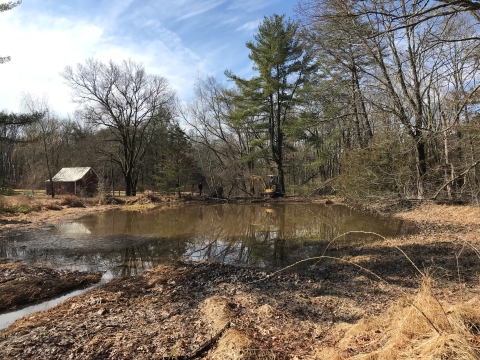As many as 20 interconnected restoration projects are underway in New Jersey’s Raritan River watershed. By building on each project’s success, the collective result will be lasting benefits for recreation, water quality, fish passage fish passage
Fish passage is the ability of fish or other aquatic species to move freely throughout their life to find food, reproduce, and complete their natural migration cycles. Millions of barriers to fish passage across the country are fragmenting habitat and leading to species declines. The U.S. Fish and Wildlife Service's National Fish Passage Program is working to reconnect watersheds to benefit both wildlife and people.
Learn more about fish passage , species protection, and flood mitigation throughout the watershed.
Funds for these projects come from the Cornell-Dubilier Electronics, Inc. Superfund Site Natural Resources Damage Assessment and Restoration (NRDAR) program. The NRDAR process restores or replaces natural resources harmed by oil spills or the release of hazardous substances into the environment to compensate the public for their loss of those resources. To manage this process, federal and state government partners act as natural resource trustees that work on behalf of the public. For the Cornell-Dubilier Electronics, Inc. Site, these Trustees are the U.S. Fish and Wildlife Service, National Oceanic and Atmospheric Administration, and New Jersey Department of Environmental Protection.
Visit this Story Map to learn more about these restoration projects.
A Water Web of Conservation (arcgis.com)





